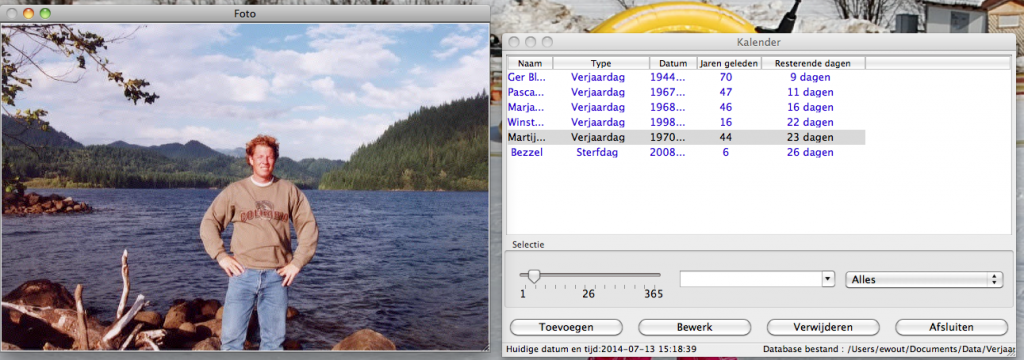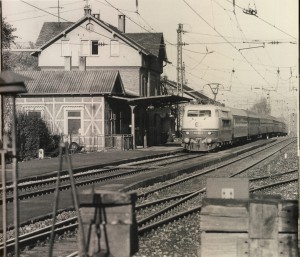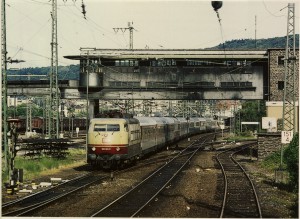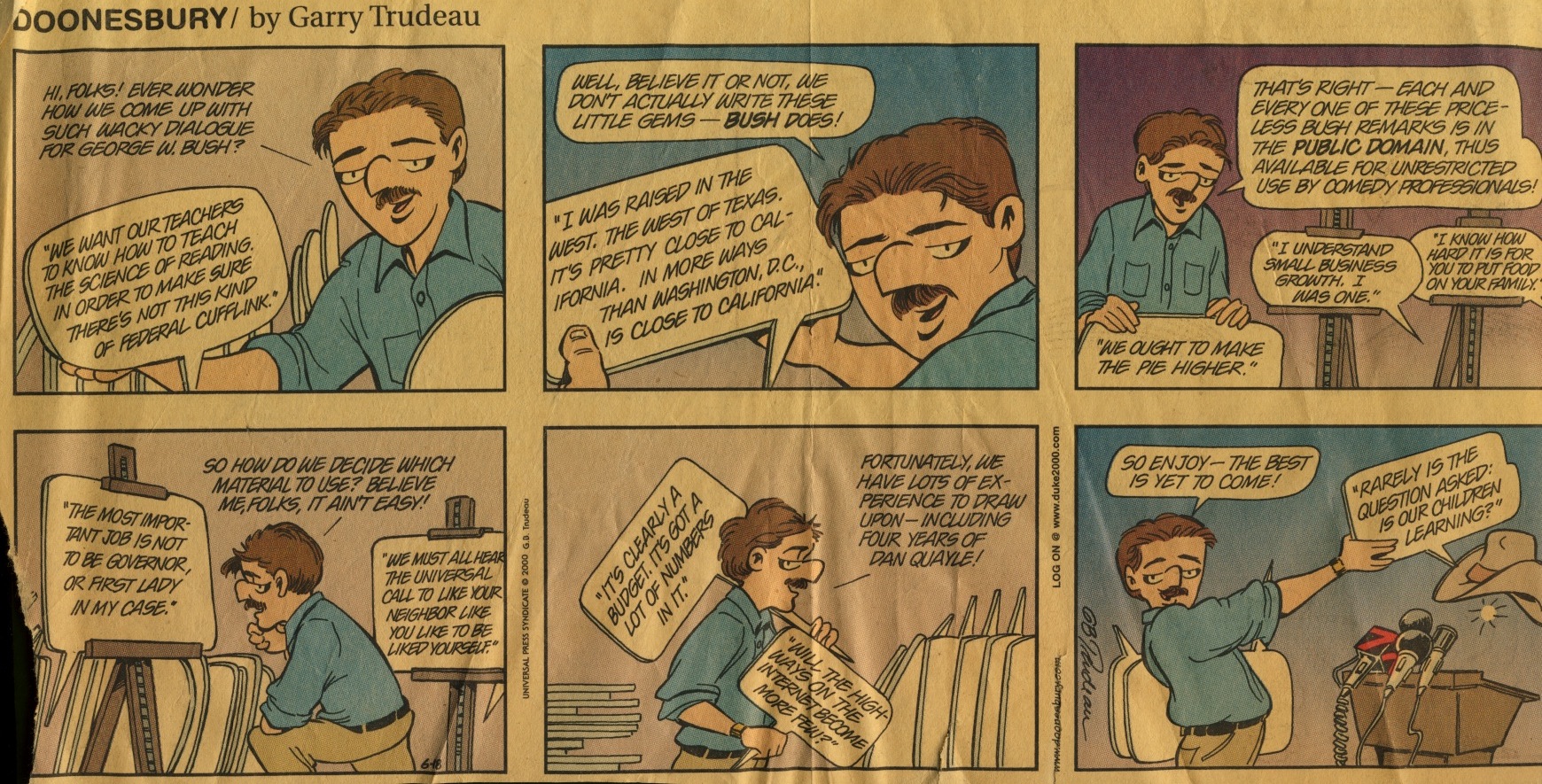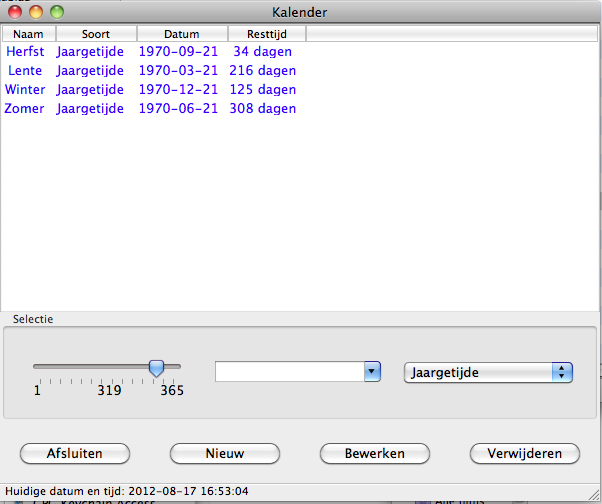Inleiding
Zoekt U een aannemer voor de verbouwing van uw badkamer of een soortgelijke klus? Bent U echter geschrokken van de prijzen die een grote aannemer rekent voor een dergelijke taak? Waarschijnlijk hebt U eraan gedacht om een kleinere, zelfstandige aannemer in dienst te nemen. Wij dachten daar ook aan. En zo kwamen wij in januari 2004 in contact met de heer Cees Kamp, franchisenemer van de Klussenier B.V.
Zijn verhaal
De klussenier Cees Kamp luisterde naar onze wensen (de verbouwing van een badkamer, het gereed maken van een keuken voor de plaatsing van een nieuwe keuken, het zagen en plaatsen van een binnendeur en diverse andere, kleinere, zaken). Hij vertelde dat hij aan de TU Delft Bouwkunde had gestudeerd en dus niet als klusjesman wilde worden gezien, maar meer als een (verdwaalde) architect/ constructeur. Onze plannen kon hij zeker verwezenlijken, binnen een maand zou het klaar zijn en voor een schappelijke prijs (een derde van wat een aannemer ons had gevraagd) zou hij aan de slag gaan.
Daarom gingen we in zee met Cees Kamp.
En wat er van terecht kwam ………..
Cees Kamp ging echter niet aan het werk…… Hij verscheen de eerste dag om de sleutel op te halen en gaf deze sleutel prompt door aan zijn, ons tot dan onbekende, hulpje Marco Sizoo. Deze Marco, voormalig werktuigbouwer in dienst van de firma Skill, had besloten om in het aannemingsvak te stappen. Een nobel streven voor hem, maar niet voor ons. Wij waren niet gecharmeerd van Marco’s gebrek aan ervaring en vakopleiding. Zijn goede wil en ijver voorkwamen niet dat hij over de simpelste klussen uren langer deed dan de gemiddelde vakman.
Cees Kamp was in het huis dus niet te vinden. Hij was echter wel zeer aktief bezig om mij lastig te vallen. We hadden door problemen bij de hypotheekverstrekker het geld voor de aanbetaling van de nieuwe badkamerspullen nog niet kunnen ontvangen en Cees Kamp was zeer opdringerig dat wij hem dat geld zo snel mogelijk moesten geven, anders kon hij de badkamerspullen niet aanschaffen. Dit klonk redelijk. Met een spoedopdracht van de bank boekten wij 5 dagen te laat het bedrag over op zijn rekening.
Na drie weken was er van met badkamer nog steeds niets gebeurd. Alle oude meubilair was weggehaald, maar verder niets. Geen aanleg van water of elektriciteit was gebeurd. De spullen waren besteld, volgens Kamp, maar nog niet aangekomen. Marco had met spaanplaat de muur bedekt, alhoewel dit in een badkamer een zwakke ondergrond is.Verder weigerde hij om de badkraan te plaatsen op de plek waar wij dat wilden. Ondanks felle protesten had hij geen boodschap aan wat wij (de klant) wilden. Kamp klaagde dat wij hem een vertraging hadden bezorgd door dat badkamergeld niet onmiddelijk te verschaffen.
Kamp en Marco slaagden er ook niet in om de binnendeur te plaatsen – het beton van de muur was te hard voor hem om een gat in te zagen. Daarvoor huurde Kamp een externe firma in, welke (met het goede gereedschap) inderdaad een mooi gat zaagde. Cees Kamp vergat echter om ons om toestemming hiervoor te vragen. Hij presenteerde wel achteraf aan ons de rekening – of we die maar wilden betalen. De twijfels over Cees Kamp begonnen zich bij ons te vestigen.
Aangezien de badkamer stillag en Marco, na het zetten van een binnendeur (die later zo krom als een hoepel bleek), geen klus meer had gaf ik hem uit arren moede maar de opdracht, op zolder een plafond te timmeren. Deze opdracht, welke door een ervaren timmerman in anderhalve dag zou kunnen worden gedaan, werd mij door Marco na 2 dagen als een opdracht voor 8 dagen opgegeven!
De loze beloften, leugens en ontvreemding van geld door Kamp
Ik heb Marco toen onmiddelijk opdracht gegeven, te stoppen met de plafonds. Toen kregen we een ernstig gesprek met hem en Kamp, waarin wij de zaken ’toch zeker verkeerd zagen’. We informeerden ook naar de badkamerspullen. Volgens Kamp waren deze in aantocht.
De volgende dag ben ik zelf gaan informeren bij Raab Karcher (de bouwstoffenhandel waar de bestelling voor santair was gedaan) waar onze badkamerspullen waren. Raab Karcher vertelde ons (4 weken na de bestelling door Kamp) dat de spullen nooit besteld waren! Dit had te maken met de slechte kredietwaardigheid van Kamp, aldus Raab Karcher, die bij het BKR in Tiel een controle op Kamp had laten uitvoeren. En mensen met een slechte kredietwaardigheid konden geen spullen bestellen. Maar onze aanbetaling dan aan Kamp? Die was nu juist bedoeld om zonder krediet de badkamerspullen te kopen? Daar wist Raab Karcher ook niets van. Kamp had bij Raab Karcher geen woord over een aanbetaling genoemd.
Kamp had ons dus een maand lang voorgelogen over deze spullen. Bovendien had hij onze aanbetaling in eigen zak gestoken.
Na confrontatie van hem met deze gegevens gaf hij alle schuld aan Raab Karcher. Het was beslist niet zijn schuld dat dit zo was gegaan. Hij zou echter de volgende dag dit persoonlijk bij Raab Karcher gaan rechtzetten. Ook dit liet hij na en toen hebben wij Kamp en Marco Sizoo onmiddelijk laten vertrekken.
Raab Karcher (en in het bijzonder hun huichelachtige werknemer Paul Bandura) gaat ook niet vrij-uit. Later bleken de spullen wel degelijk aanbetaald te zijn (Kamp had dit uiteindelijk toch gedaan), maar Raab Karcher weigerde deze aan ons over te dragen nadat wij met Kamp hadden gebroken. Ondanks dat wij konden bewijzen dat de sanitaire artikelen voor ons bestemd waren, en met ons geld waren betaald, deden zij alsof hun neus bloedde. Ons vermoeden was dat zij met Kamp een deal hadden gesloten waarvan wij uiteindelijk de dupe moesten worden. Aanbetaling weg en geen spullen! Raab Karcher vind ik derhalve ook een oubetrouwbare leverancier.
Toen kregen wij met de organisatie de Klussenier B.V te maken. Deze was inmiddels echter failliet ! Alle aktiviteiten zijn overgenomen door branchegenoot het Klushuis uit Barneveld. Dit is echter niet duidelijk als je naar de Klussenier gaat.. Kamp offreerde ons een contract op naam van de Klussenier B.V, alhoewel deze B.V eigenlijk failliet was. Achter Kamp zelf gaat ook nog een schimmige B.V (Master Train) schuil. Ook deze verscheen plotseling ten tonele bij ons conflict. Daarvoor deed Kamp het voorkomen alsof hij een eenmanszaak was.
En nu
Wij zijn voortreffelijk uit de brand geholpen door de firma van Blijderveen uit Ommeren. Deze fantastische vaklui hebben in twee weken de gehele klus, die Kamp had laten zitten, geweldig opgelost. Wij hebben nu een zeer mooie badkamer die Kamp nooit zo had kunnen bouwen. Ook de kromme binnendeur van Marco is door hun professioneel vervangen. Ik raad deze firma dan ook absoluut aan.
Ons geld is nog steeds niet terecht. Wij hebben Kamp voor de rechtbank gedagvaard en wachten het vonnis van de rechter af. De deurzaagfirma heeft ook nog steeds zijn geld niet, ondanks een incassovordering aan Kamp.
Ik waarschuw iedereen dan ook om niet met Kamp in zee te gaan. Hij is niet vakbekwaam, niet eerlijk en heeft financiële problemen die hij probeert op te lossen met uw geld. Waak voor de beunhaas !
Gegevens
Kamp presenteert zich als:
Cees Kamp (Master Train B.V)
Tarweveld 35
3902 GA Veenendaal
En de firma Blijderveen uit Ommeren:
Johan & Andre van Blijderveen
Ommerenseveldweg 65
4032 NB Ommeren

